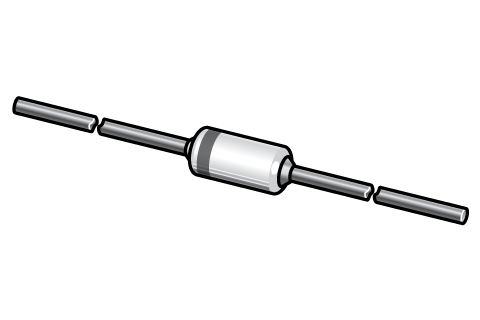Orderable parts
| Type number | Orderable part number | Ordering code (12NC) | Package | Buy from distributors |
|---|---|---|---|---|
| BZX79-C62 | BZX79-C62,113 | 933117980113 | SOD27 | Order product |
| BZX79-C62 | BZX79-C62,133 | 933117980133 | SOD27 | Order product |
| BZX79-C62 | BZX79-C62,143 | 933117980143 | SOD27 | Order product |
